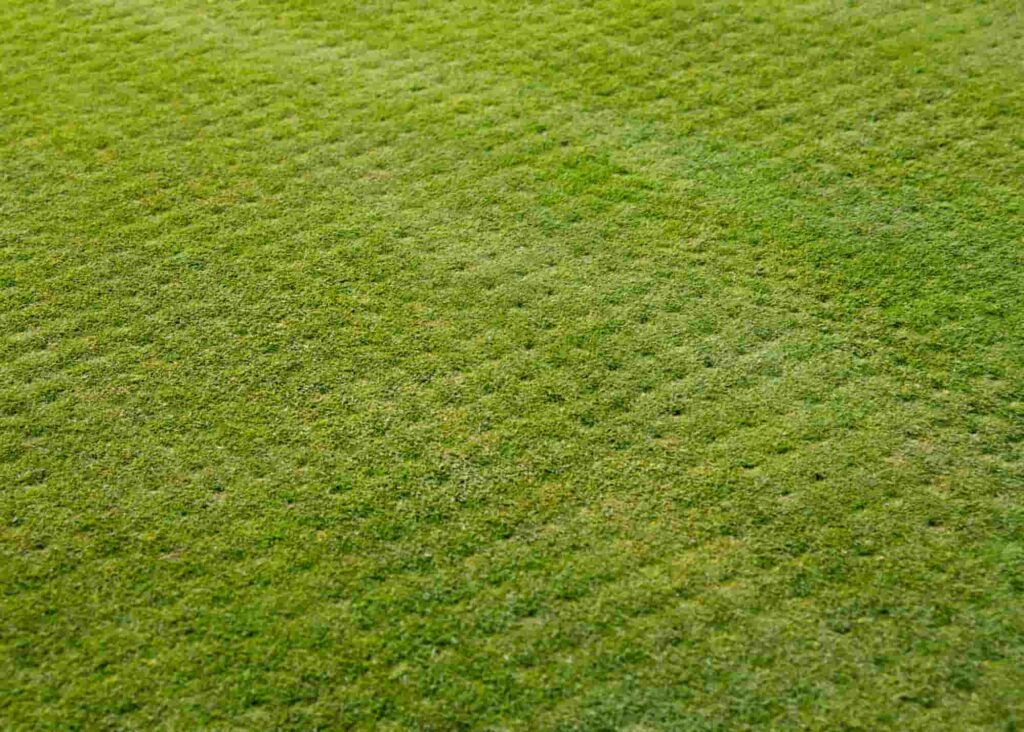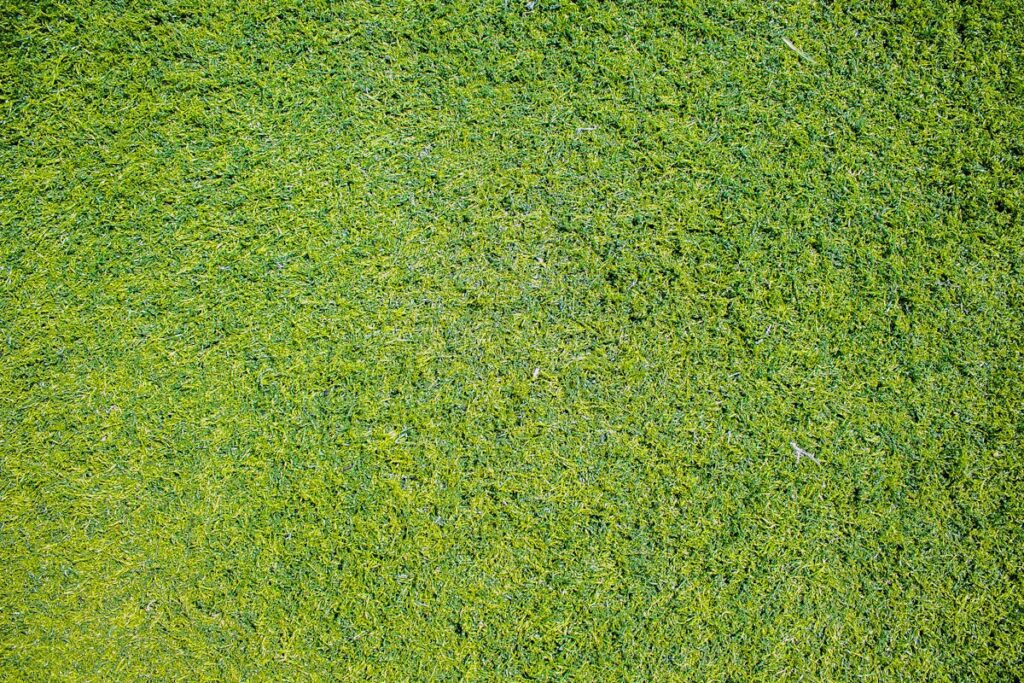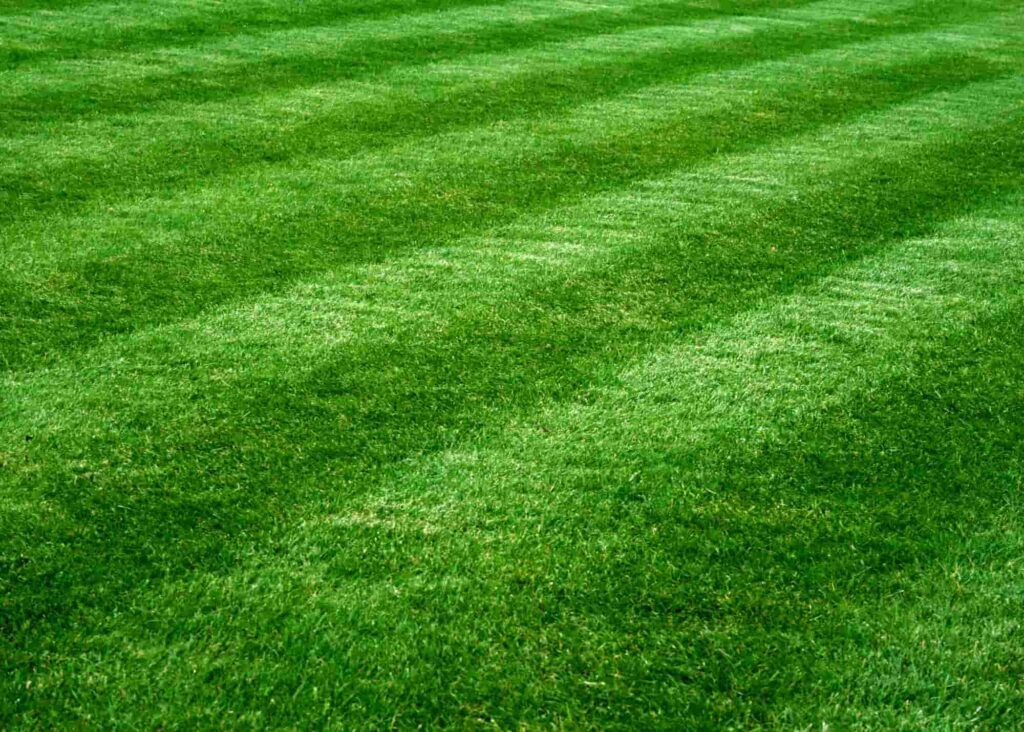Taking care of your lawn is an art form that requires much more than just time and effort. Like any other creative endeavor, you will have the most success when you have the necessary knowledge to care for your lawn.
Just as you wouldn’t transplant a tree in the sweltering midsummer heat, there are good and bad seasons to complete other yard maintenance tasks. Aerating your lawn is one of those maintenance tasks that is better at certain times of year than others.
The simple act of fall aeration can set the stage for a lush, vibrant lawn by spring. However, not all lawns should be aerated in the fall. If you’re not sure when to aerate your Naperville area lawn, the lawn care professionals at Ware Landscaping can answer your questions and make sure you are on the right track.
Why is fall such a great time for aeration for most lawns? And what makes aeration an important part of your lawn’s long-lasting vitality? Let’s take a look at why fall aeration can make a world of difference in the health and beauty of your lawn.
Lawn aeration benefits
Lawn aeration is the mechanical process in which you perforate the lawn with countless small holes, breaking up the soil so that it can breathe. These holes allow water and air to access the dirt just below the surface of your lawn.
There are plentiful benefits of aerating your lawn.
- Aeration alleviates soil compaction. The holes aeration leaves in the lawn loosen the soil. Water, oxygen, and nutrients have a difficult time penetrating compacted soil, but loose soil makes it easier for soil to stay healthier.
- Aeration regulates thatch. Thatch is made up of organic plant material that builds up between your topsoil and grass. It is made up of dirt, roots, and leaves. Too much thatch can suffocate your lawn and damage the grass. Aeration breaks up the thatch and prevents it from getting too thick.
- Aeration reduces runoff. Compacted soil fails to absorb water quickly. Instead, it runs off or evaporates. Aerated lawns, on the other hand, absorb plenty of water. Less runoff means a more nourished and less dry lawn. It also means that you have to use less water to nourish your lawn, which makes aeration economically and environmentally responsible.
- Aeration improves the health of your grass. The roots can grow stronger and deeper through aerated soil. After planting new grass, the roots can be established faster and more effectively.
- Aeration makes your lawn more drought-resistant. Because it improves both soil-water uptake and fertilizer uptake, aeration improves your lawn’s tolerance to heat and drought. Additionally, the stronger roots that are established in an aerated lawn are better at surviving droughts.
Should you aerate your lawn in the fall?
The best time to aerate your lawn is during the grass’s growing season. This means that some grasses should be aerated in the spring and summer, whereas other grasses should be aerated in the spring and/or fall.
Cool-season grasses grow in cooler temperatures, so they should be aerated in the early fall or spring. Warm-season grasses, on the other hand, grow in warmer temperatures. Therefore, lawns with warm-season grasses should be aerated late in the spring or during the early summer.
For those cool-season grasses, fall aeration provides the following benefits:
- Faster recovery from aeration because of the growing season
- Promotion of new growth because of cooler temperatures and consistent moisture
- Reduced competition with weeds, as annual weeds are dying off in the fall
- Better root establishment means improved preparation for winter
- Improved fertilization
How often do you need to aerate your lawn?
Some lawns need more frequent aeration than others.
If you live in an area with sandy soil, you may only need to aerate your lawn every 2-3 years. Hard clay yards, however, need more frequent aeration. If you have clay soil and have a lot of foot traffic that compacts your lawn, you will benefit from a spring and fall aeration.
Northern Illinois is known for having clay and loamy soils that benefit from more frequent aeration. Most lawns in the Naperville area have cool-season grasses because these varieties are hardier during the long, cold Illinois winters.
Whether your Northeastern Illinois-area lawn was planted from seed or installed as sod, it is most likely a cool-season variety.
List of cool-season grasses that benefit from fall aeration
If you have cool-season grasses in your yard, then your lawn would benefit from fall aeration. If you’re not sure what kind of grass you have, or if your lawn combines multiple grass types, we recommend speaking with a landscaping professional to develop the best possible aeration plan.
These are common cool-weather grasses:
- Kentucky bluegrass: Finely-textured, dense grass that is dark green in color; grows in full sun to partial shade
- Perennial ryegrass: Shiny, dark green grass that grows in bunches; requires good drainage but is quick to germinate and establish itself in the soil
- Tall fescue: Has a coarse texture and more heat and drought tolerance than other cold-season varieties; tolerates both shade and heavy foot traffic
- Fine fescue: Varieties include Creeping Red, Chewings, Hard, and Sheep Fescue; very fine leaves with low maintenance requirements; grows well in shade and tolerates drought well
- Bentgrass: Very fine grass texture that creates a dense mat of grass that is often used on golf courses; requires high levels of maintenance
- Annual ryegrass: Often used for temporary lawns and winter overseeding; dies off in the hot summers
- Rough bluegrass: Light green in color with good shade tolerance; prefers moist conditions; has poor drought tolerance
Fall Aeration FAQ
What is lawn aeration?
Lawn aeration is the mechanical process of creating small holes in your lawn that allow air, water, and nutrients to penetrate the soil and reach the grass roots.
Why should I aerate my lawn in the fall?
Fall aeration is especially beneficial for lawns with cool-season grasses, as it coincides with their peak growth period.
Can I aerate my lawn myself, or should I hire a professional?
Although you can rent or purchase an aerator for personal use, most people prefer to hire a professional. Aerators are heavy, bulky, and physically taxing to operate. Professional landscapers know how to operate aerators effectively and without damaging the yard.
What are some signs that my yard needs to be aerated?
Signs that your yard needs to be aerated include standing water puddles on the lawn, compacted soil, and thinning patches of grass. If you struggle to puncture the soil with a screwdriver, you definitely have a compaction issue.
Are there any situations where homeowners shouldn’t aerate in the fall?
Yes. In warm climates where warm-season grasses are growing, fall aeration may not be the best choice. Warm-weather grasses benefit from being aerated in the late spring or early summer.
Is it possible to overseed my lawn after fall aeration?
Fall aeration is a great opportunity for overseeding. The holes left behind provide great seed-to-soil contact, thus improving germination.
Choose Ware Landscaping to aerate your Northern Illinois lawn
Ware Landscaping has been in the business of building, repairing, and maintaining gorgeous lawns for more than twenty years. You can trust our professional landscapers to manage all of your landscaping needs, including aeration.
We know exactly when to aerate your lawn, based on your soil, grass, and other factors. Whether you need aeration alone or as part of a broader lawn care maintenance plan, Ware Landscaping will keep your lawn looking great!









